Home>Gardening & Outdoor>Outdoor Entertaining>How To Install A Gas Fire Pit
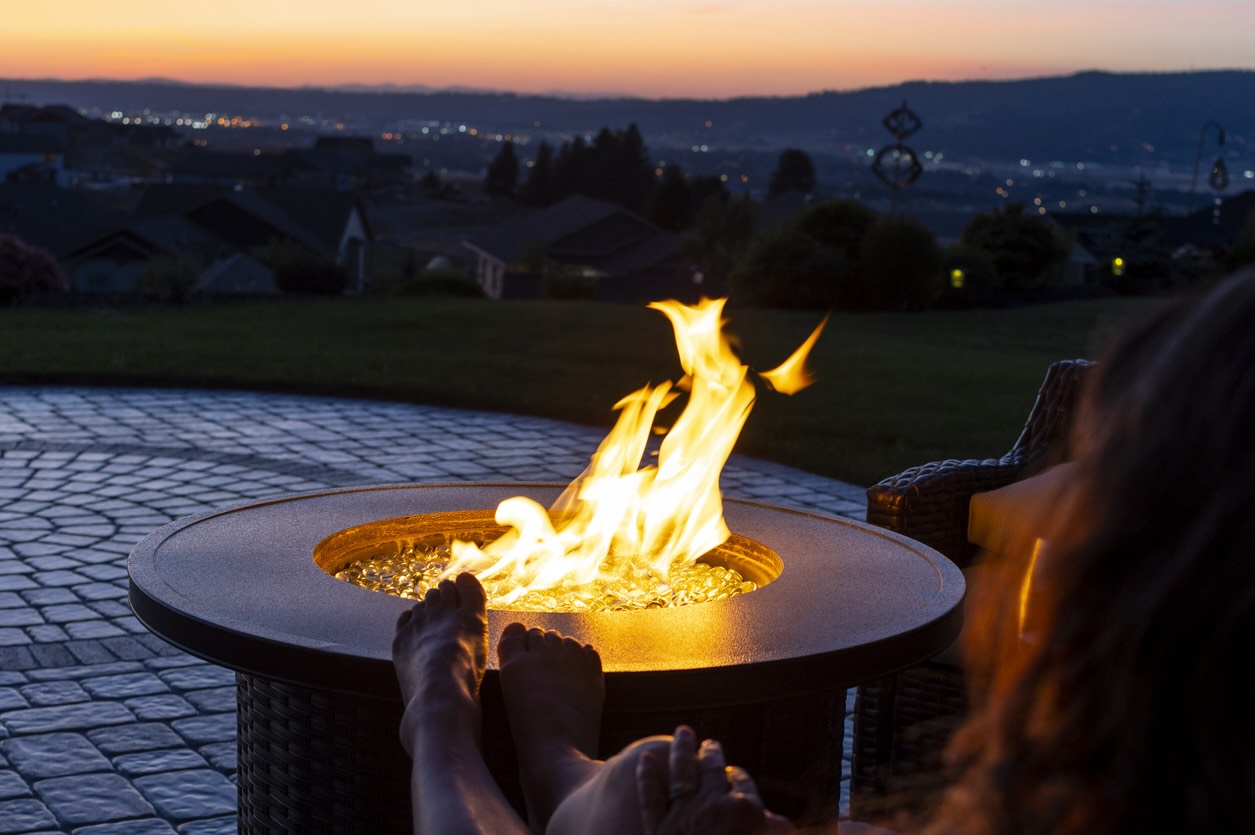

Outdoor Entertaining
How To Install A Gas Fire Pit
Modified: February 3, 2024
Learn how to enhance your outdoor entertaining space with a step-by-step guide on installing a gas fire pit. Create a cozy and inviting atmosphere for your gatherings.
(Many of the links in this article redirect to a specific reviewed product. Your purchase of these products through affiliate links helps to generate commission for Storables.com, at no extra cost. Learn more)
Introduction
Welcome to the world of outdoor entertaining, where the warmth of a crackling fire meets the beauty of the great outdoors. Installing a gas fire pit is a fantastic way to elevate your outdoor space, creating a cozy and inviting atmosphere for gatherings with family and friends. Whether you’re roasting marshmallows, sharing stories, or simply enjoying the mesmerizing dance of the flames, a gas fire pit adds a touch of magic to any outdoor setting.
In this guide, we’ll walk you through the step-by-step process of installing a gas fire pit, covering everything from safety precautions to testing the final setup. By the end, you’ll have the knowledge and confidence to bring this captivating addition to your outdoor space, creating a focal point that will be enjoyed for years to come.
So, grab your tool kit and get ready to transform your outdoor area into a welcoming oasis with the installation of a stunning gas fire pit.
Key Takeaways:
- Prioritize safety by reading the manual, checking local regulations, and maintaining proper clearance around the gas fire pit. Safety first for a cozy and inviting outdoor space!
- Choose the perfect location, prepare the area, and assemble the components carefully to create a captivating gas fire pit. Enjoy warmth, ambiance, and countless memorable gatherings!
Read more: How To Light A Gas Fire Pit
Safety Precautions
Before diving into the installation process, it’s crucial to prioritize safety. Working with gas and fire requires careful attention to detail and adherence to best practices. Here are some essential safety precautions to keep in mind:
- Read the Manual: Every gas fire pit comes with a manufacturer’s manual outlining specific safety guidelines and installation instructions. Take the time to thoroughly read and understand this document before beginning the installation process.
- Check Local Regulations: Different regions have specific regulations regarding the installation and use of gas fire pits. Ensure that you are compliant with local codes and regulations to avoid any legal or safety issues.
- Clearance Area: Maintain proper clearance around the fire pit, keeping flammable materials, such as furniture, curtains, and overhanging branches, at a safe distance from the flames.
- Quality Materials: Use high-quality materials and components that are designed for use with gas fire pits. This includes the gas line, burner, and ignition system.
- Professional Inspection: If you’re unsure about any aspect of the installation process, consider consulting a professional gas technician or contractor to ensure that the setup is safe and compliant with all relevant standards.
- Fire Extinguisher: Keep a fire extinguisher or other fire suppression equipment readily accessible in the vicinity of the fire pit. It’s always better to be prepared for any unforeseen circumstances.
- Gas Leaks: Before and after installation, carefully check for gas leaks using a soapy water solution to detect any escaping gas. Address any leaks immediately to prevent potential hazards.
By prioritizing safety and following these precautions, you can lay the groundwork for a secure and enjoyable gas fire pit installation experience. Now that safety is at the forefront, let’s move on to choosing the right location for your new outdoor centerpiece.
Choosing the Right Location
When selecting the perfect spot for your gas fire pit, consider both practical and aesthetic factors to ensure a harmonious blend of functionality and visual appeal. Here are some key considerations to guide you in choosing the right location:
- Accessibility: Select an area that is easily accessible and encourages social interaction. Whether it’s a focal point in your backyard or a cozy corner of your patio, the fire pit should be conveniently located for gatherings and relaxation.
- Clearance: Ensure that there is ample space around the fire pit for seating and movement. Maintain a safe distance from structures, foliage, and other flammable materials to prevent potential hazards.
- Ventilation: Position the fire pit in an open area with good ventilation to allow smoke and fumes to dissipate easily. This contributes to a more comfortable and enjoyable environment for you and your guests.
- Aesthetic Appeal: Consider the overall aesthetic of your outdoor space. The fire pit should complement the existing design elements and enhance the visual allure of the area, whether it’s a cozy rustic retreat or a modern outdoor oasis.
- Ambiance: Take advantage of natural focal points, such as scenic views or captivating landscaping, to create a captivating ambiance around the fire pit. Capitalize on the beauty of your surroundings to elevate the overall experience.
- Utility Connections: If you plan to connect the fire pit to a gas line, ensure that the chosen location allows for easy access to the gas supply. This facilitates a streamlined installation process and long-term convenience.
- Weather Considerations: Account for weather patterns and seasonal changes when selecting the location. Consider the impact of wind direction and sun exposure to optimize comfort and enjoyment throughout the year.
By carefully evaluating these factors, you can identify the ideal location for your gas fire pit, setting the stage for a captivating outdoor space that seamlessly integrates the allure of fire with the beauty of nature. With the location chosen, it’s time to prepare the area for the installation process.
Preparing the Area
Before diving into the physical installation of the gas fire pit, it’s essential to prepare the designated area to ensure a smooth and successful setup. This involves a series of steps to create a stable and secure foundation for the fire pit. Here’s how to prepare the area effectively:
- Clear Debris: Begin by clearing the area of any debris, including rocks, branches, and other obstructions. A clean and level surface is essential for the stability and longevity of the fire pit installation.
- Level the Ground: Use a shovel and a level to even out the ground where the fire pit will be placed. A flat surface is crucial for the proper positioning and stability of the fire pit structure.
- Paver Base: For added stability and support, consider laying a paver base or using concrete pavers to create a solid foundation for the fire pit. This enhances durability and minimizes shifting over time.
- Fireproof Mat: If placing the fire pit on a wooden deck or another combustible surface, place a fireproof mat underneath to protect the underlying material from heat and potential embers.
- Assembly Space: Designate a nearby assembly space for organizing the components of the fire pit. This ensures that all parts are readily accessible during the installation process, streamlining the assembly.
- Utility Access: If connecting to a gas line, ensure that the gas line is properly installed and accessible in the designated area. This allows for a seamless connection during the installation process.
- Safety Signage: If the fire pit area is near a pool, garden, or other potentially hazardous areas, consider installing safety signage to alert individuals to the presence of the fire pit and promote caution.
By diligently preparing the area, you set the stage for a secure and enduring installation of the gas fire pit. With the groundwork laid and the area primed for the next steps, it’s time to move on to assembling the components of the fire pit.
Before installing a gas fire pit, make sure to check local regulations and obtain any necessary permits. It’s important to also carefully follow the manufacturer’s instructions for installation to ensure safety and proper functioning.
Assembling the Gas Fire Pit
Assembling the gas fire pit involves bringing together the various components to create a cohesive and functional unit. Whether you’ve opted for a pre-fabricated fire pit kit or are assembling a custom design, the process involves careful attention to detail and precision. Here’s a step-by-step guide to assembling the gas fire pit:
- Unpack the Components: Carefully unpack all components of the fire pit kit, ensuring that all parts are accounted for and undamaged. Refer to the manufacturer’s instructions to confirm that you have all the necessary pieces.
- Arrange the Components: Lay out the components in the designated assembly area, organizing them according to the assembly instructions. This facilitates a systematic and efficient assembly process.
- Follow the Instructions: Refer to the manufacturer’s assembly instructions, following each step meticulously to ensure proper alignment and secure connections. Pay close attention to details such as the placement of the burner, ignition system, and decorative elements.
- Secure the Base: If the fire pit includes a base or stand, assemble and secure it according to the provided instructions. This establishes a stable foundation for the rest of the components.
- Install the Burner: Position the burner assembly in the designated area of the fire pit, ensuring that it is securely attached and level. Take care to follow the specific guidelines for your chosen burner type.
- Connect the Ignition System: If the fire pit includes an electronic ignition system, carefully connect and secure the components according to the provided instructions. Test the ignition to ensure proper functionality.
- Add Decorative Elements: Incorporate any decorative elements, such as fire glass or lava rocks, to enhance the visual appeal of the fire pit. Follow the recommended guidelines for the quantity and arrangement of these elements.
- Review and Adjust: Once the assembly is complete, review the entire setup to ensure that all components are securely in place and functioning as intended. Make any necessary adjustments to achieve the desired appearance and functionality.
By methodically assembling the gas fire pit, you lay the foundation for a captivating outdoor feature that seamlessly combines aesthetics and functionality. With the fire pit assembled, the next step is to connect the gas line to bring the flames to life.
Read more: How To Turn On A Gas Fire Pit
Connecting the Gas Line
Connecting the gas line is a critical step in bringing your gas fire pit to life. This process requires careful attention to detail and adherence to safety protocols to ensure a secure and reliable connection. Here’s a comprehensive guide to connecting the gas line to your fire pit:
- Gather Necessary Tools: Before beginning the connection process, gather the required tools, including a pipe wrench, gas-rated Teflon tape, and an adjustable wrench. Additionally, ensure that the gas supply line is turned off.
- Locate the Gas Inlet: Identify the gas inlet on the fire pit, typically located near the base or on the side. Remove the protective cap and inspect the threads to ensure they are clean and undamaged.
- Apply Teflon Tape: Wrap the male threads of the gas supply line with several layers of gas-rated Teflon tape in a clockwise direction. This creates a secure seal when the connection is made.
- Make the Connection: Carefully thread the gas supply line into the gas inlet on the fire pit, using a pipe wrench to tighten the connection. Ensure that the connection is snug but not over-tightened to avoid damage to the threads.
- Check for Leaks: Once the connection is made, use a soapy water solution to check for gas leaks at the connection point. Apply the solution and observe for any bubbles, indicating a potential leak. Address any leaks immediately.
- Test the Gas Flow: With the connection secure and leak-free, turn on the gas supply and test the flow to the fire pit. Verify that the gas ignites and that the flame is stable and evenly distributed across the burner.
- Secure the Gas Line: Once the connection is confirmed to be functioning properly, secure the gas line to prevent any movement or strain on the connection. Use clamps or fasteners as recommended by the manufacturer.
- Final Inspection: Conduct a final visual inspection of the entire gas line and connection to ensure that all components are secure and properly aligned. Confirm that the gas supply is turned off when the fire pit is not in use.
By meticulously connecting the gas line, you ensure that your gas fire pit is ready to deliver warmth and ambiance to your outdoor space. With the gas line securely connected, the final step is to test the fire pit to ensure everything is in perfect working order.
Testing the Fire Pit
Before fully embracing the warmth and allure of your newly installed gas fire pit, it’s essential to conduct thorough testing to ensure that all components are functioning as intended. This final step in the installation process provides peace of mind and sets the stage for countless memorable gatherings around the mesmerizing flames. Here’s a comprehensive guide to testing your gas fire pit:
- Ignition Test: Activate the ignition system to ensure that the fire pit ignites promptly and consistently. Verify that the flame is stable and evenly distributed across the burner, creating an inviting and comforting ambiance.
- Flame Adjustment: If the fire pit includes adjustable flame settings, test each setting to determine the range of flame heights and the ease of adjustment. This allows you to customize the flame to suit different occasions and preferences.
- Heat Distribution: Observe the heat distribution around the fire pit, ensuring that it provides a comfortable and inviting warmth for individuals seated nearby. Verify that the heat is evenly dispersed, enhancing the overall comfort of the outdoor space.
- Safety Features: If the fire pit includes safety features such as an automatic shut-off function, test these mechanisms to confirm that they operate effectively in response to any potential issues or malfunctions.
- Gas Flow Stability: Monitor the stability of the gas flow during operation, ensuring that there are no fluctuations or interruptions that could affect the performance of the fire pit. Address any irregularities promptly.
- Environmental Considerations: Assess the impact of the fire pit on its surroundings, including smoke dispersion and any potential effects on nearby vegetation or structures. Make adjustments as needed to optimize the overall experience.
- User Experience: Enlist the feedback of family members or friends to gauge their experience with the fire pit. Consider aspects such as comfort, ambiance, and ease of use to enhance the overall enjoyment of the outdoor space.
- Documentation and Maintenance: Review the manufacturer’s documentation regarding maintenance requirements and recommended care practices for the fire pit. Establish a maintenance schedule to uphold the longevity and performance of the unit.
By meticulously testing the fire pit, you ensure that it is not only a captivating focal point but also a reliable and safe addition to your outdoor space. With the successful completion of the testing phase, you can now bask in the inviting glow of your gas fire pit, creating cherished memories and fostering a welcoming atmosphere for all who gather around it.
Conclusion
Congratulations on successfully installing your gas fire pit! With careful attention to safety, meticulous preparation, and precise execution, you’ve transformed your outdoor space into a captivating haven that beckons with warmth and allure. As you revel in the enchanting glow of the flames, remember that your gas fire pit is more than just a source of heat and light—it’s a focal point for cherished gatherings, meaningful conversations, and unforgettable moments with loved ones.
By choosing the right location, preparing the area, assembling the components, connecting the gas line, and conducting thorough testing, you’ve not only created a captivating outdoor feature but also prioritized the safety and functionality of your fire pit. As the seasons change and gatherings evolve, your gas fire pit will stand as a beacon of comfort and hospitality, drawing friends and family together for countless joyful occasions.
As you continue to enjoy the ambiance and warmth of your gas fire pit, remember to adhere to regular maintenance practices and safety protocols to ensure its longevity and optimal performance. Whether it’s a quiet evening under the stars or a festive gathering with loved ones, your gas fire pit will serve as a steadfast companion, enhancing the beauty and allure of your outdoor space for years to come.
Thank you for embarking on this journey to elevate your outdoor entertaining experience. May your gas fire pit be a source of countless cherished memories, laughter, and the simple joy of gathering around a mesmerizing fire.
Frequently Asked Questions about How To Install A Gas Fire Pit
Was this page helpful?
At Storables.com, we guarantee accurate and reliable information. Our content, validated by Expert Board Contributors, is crafted following stringent Editorial Policies. We're committed to providing you with well-researched, expert-backed insights for all your informational needs.
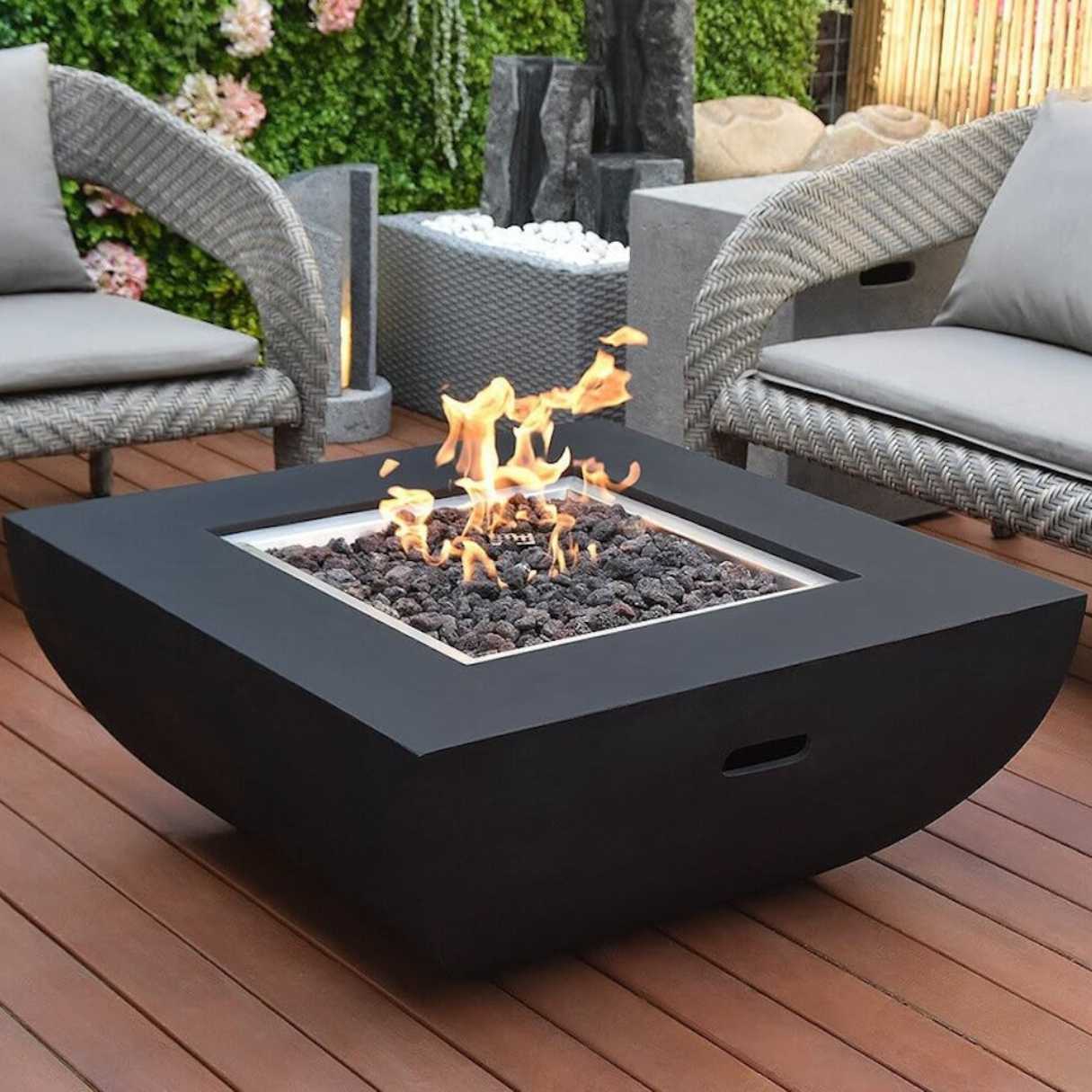
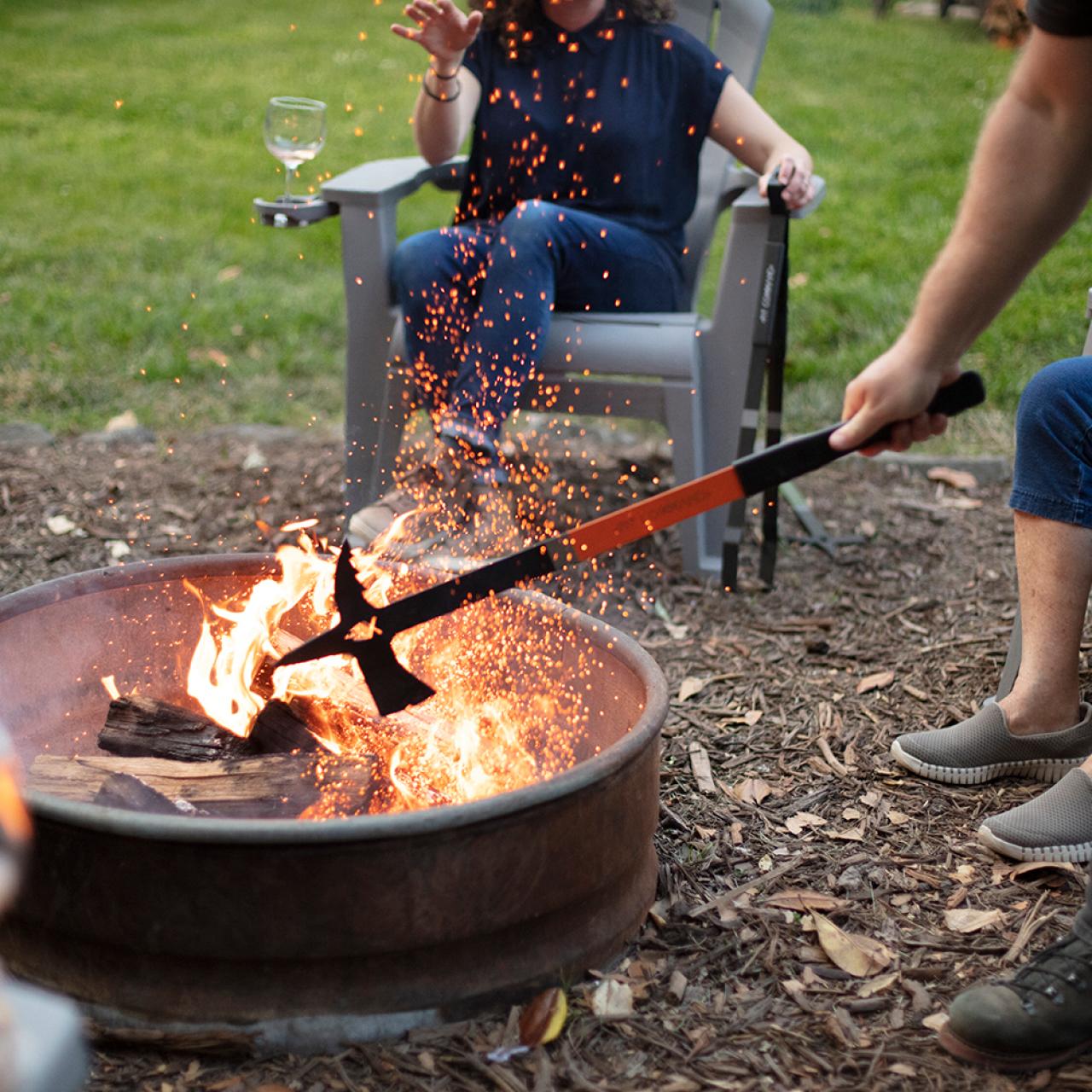
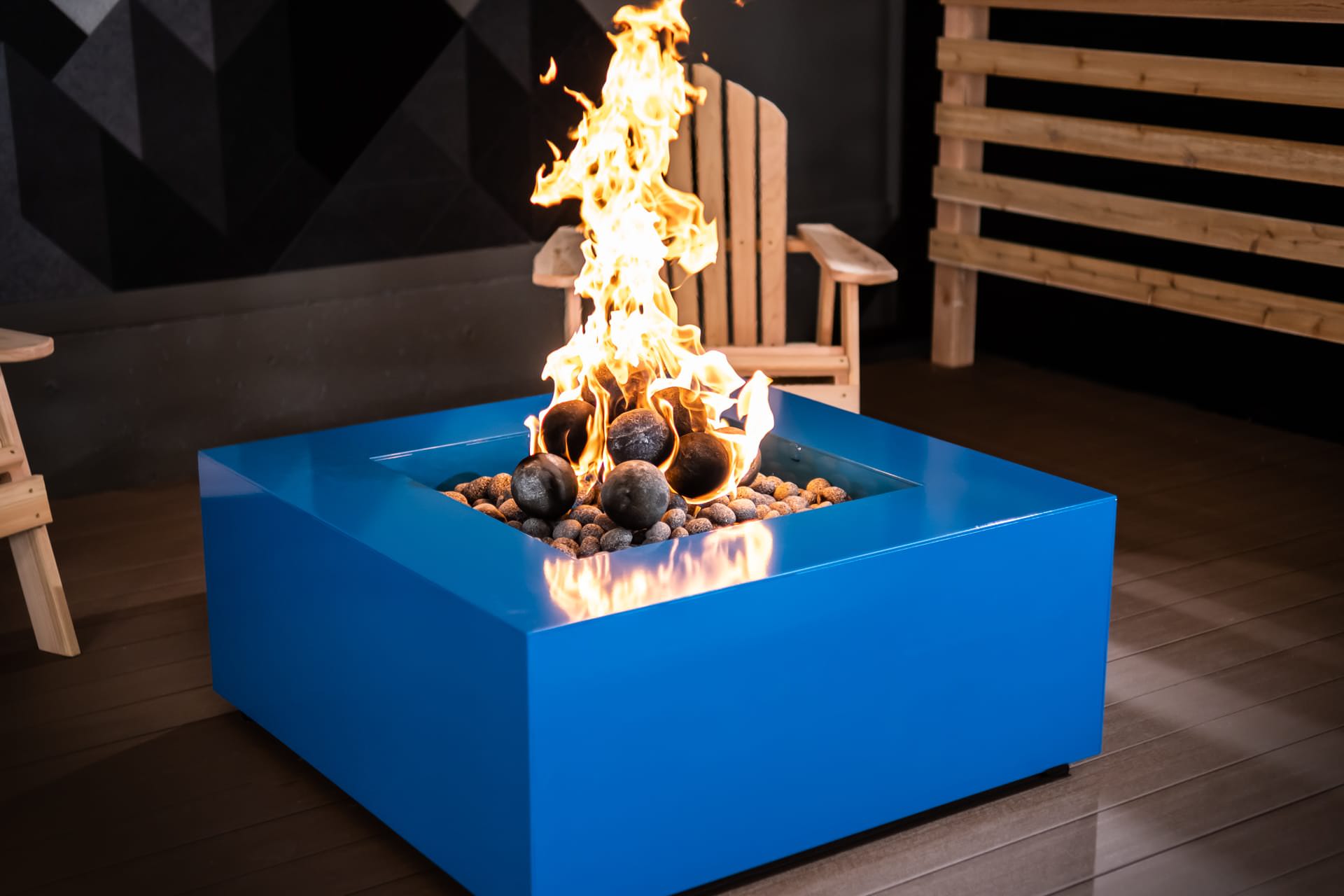
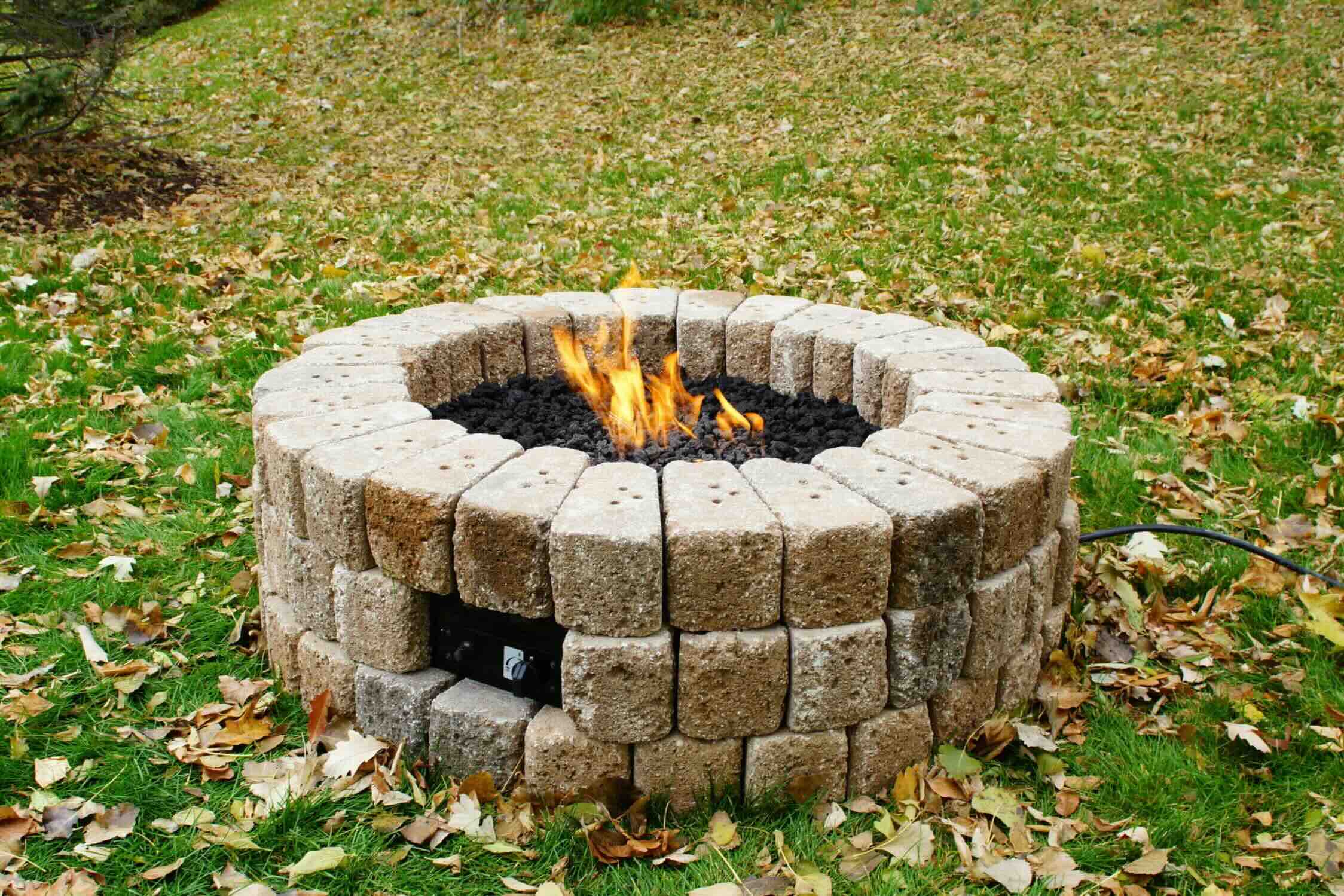
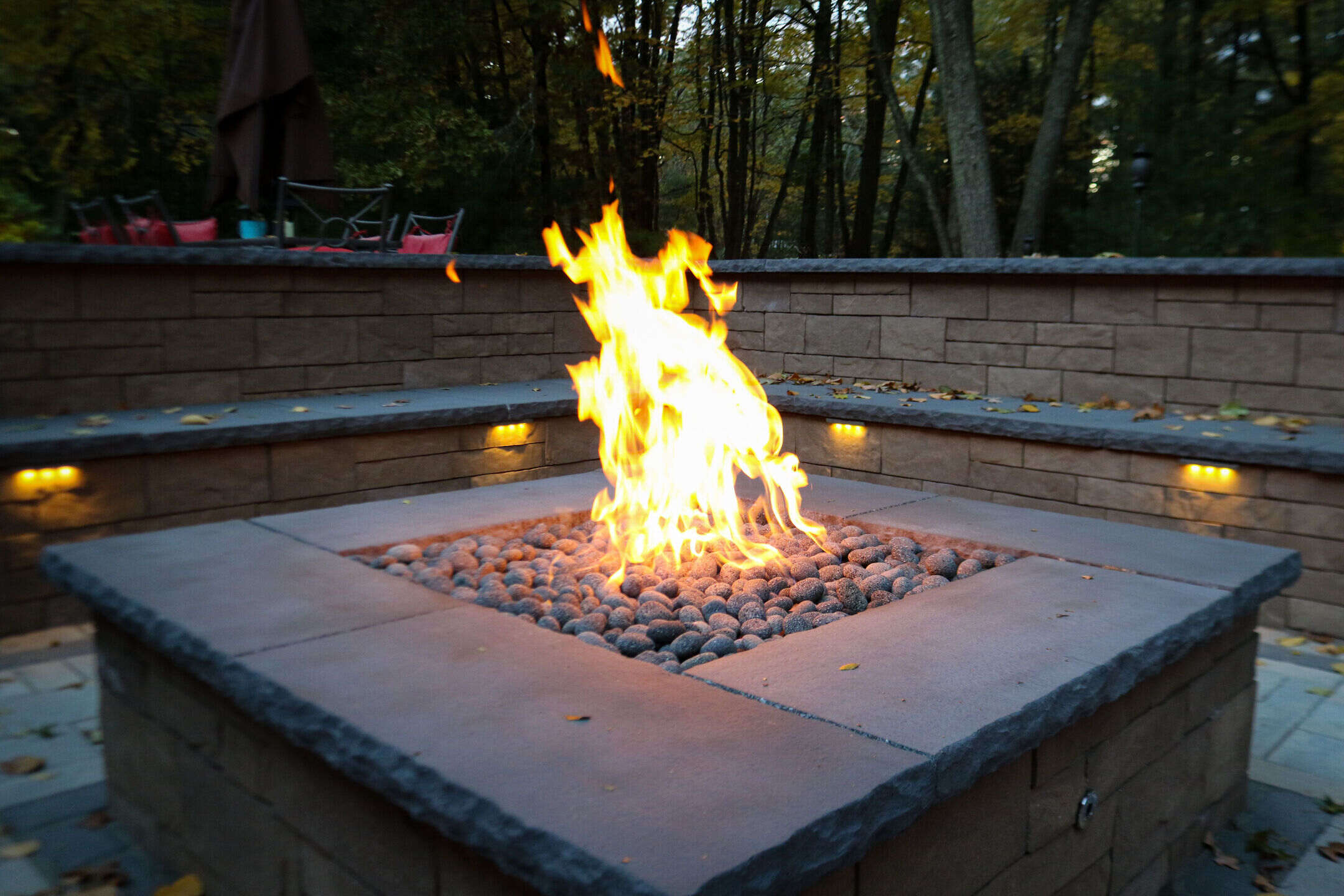
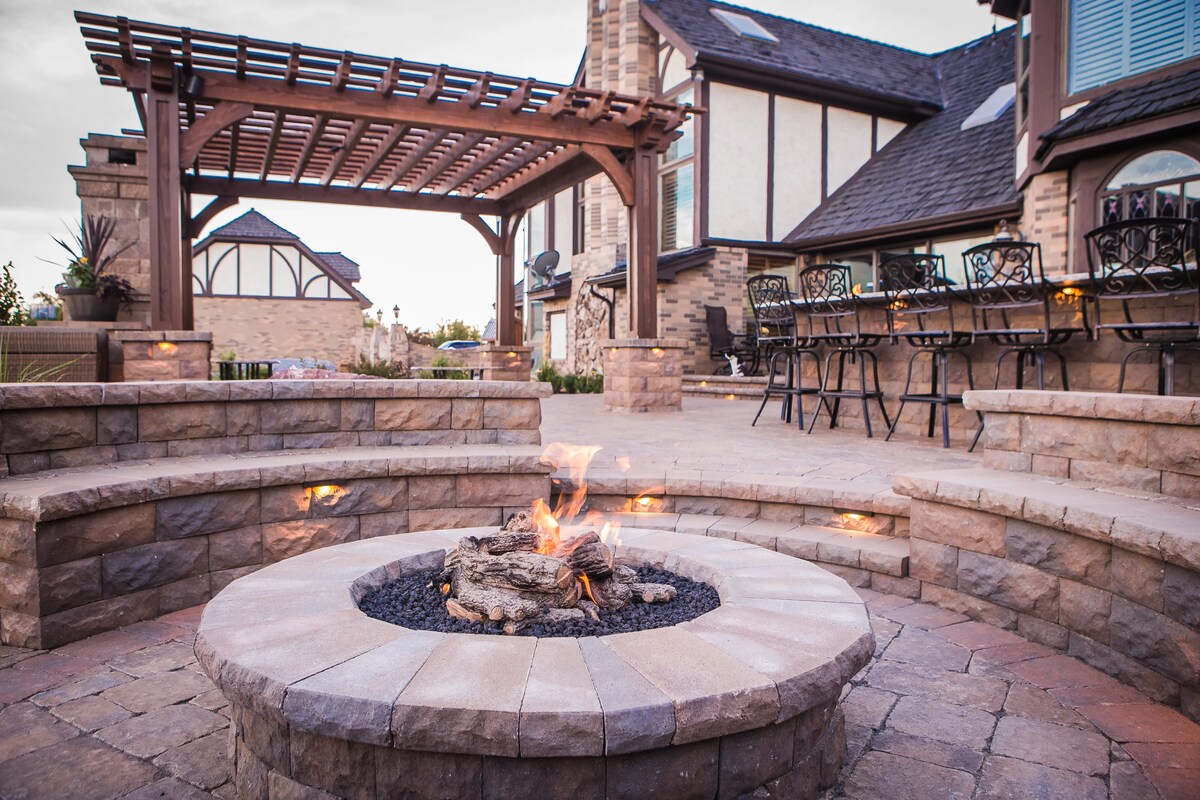
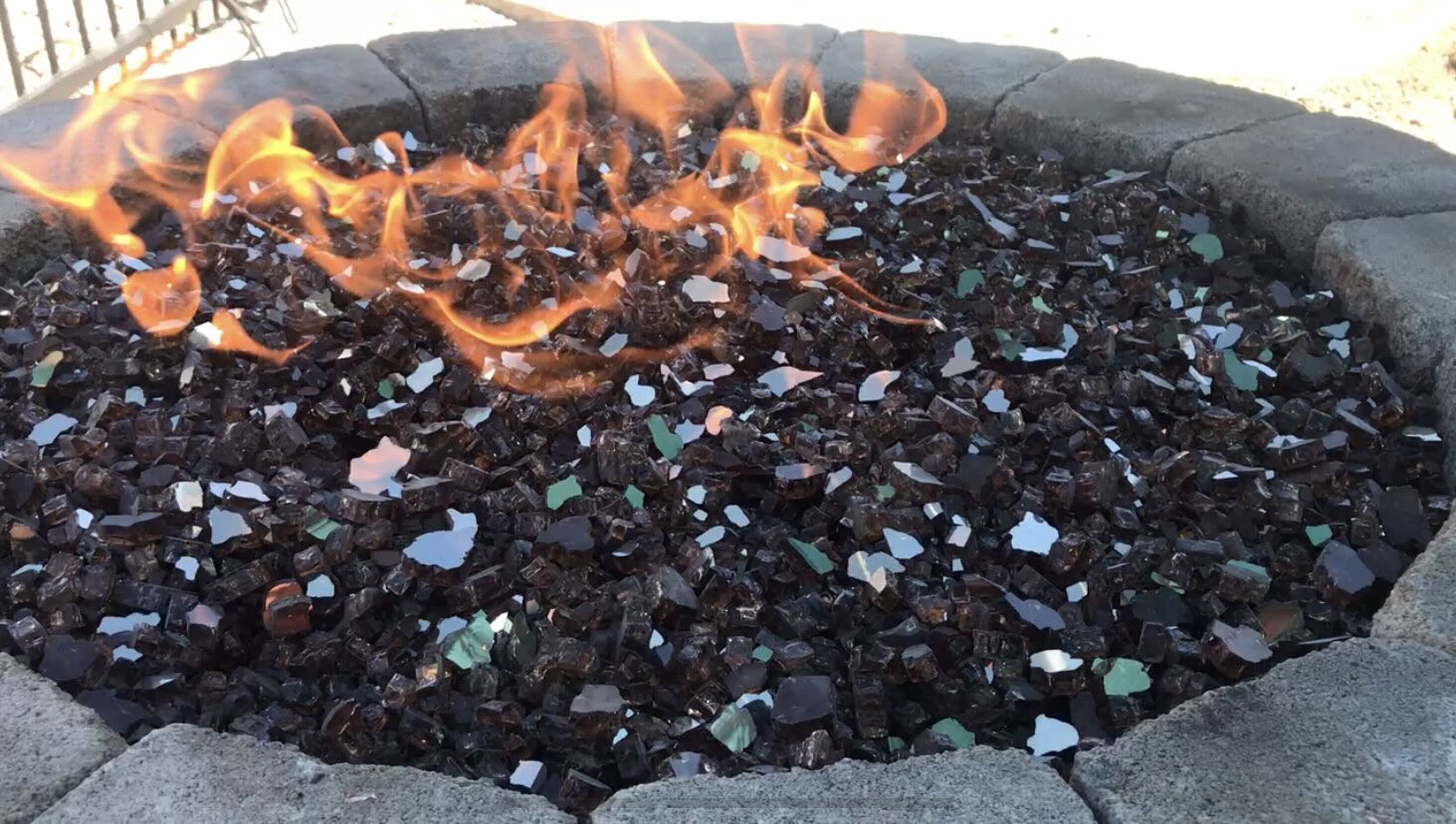
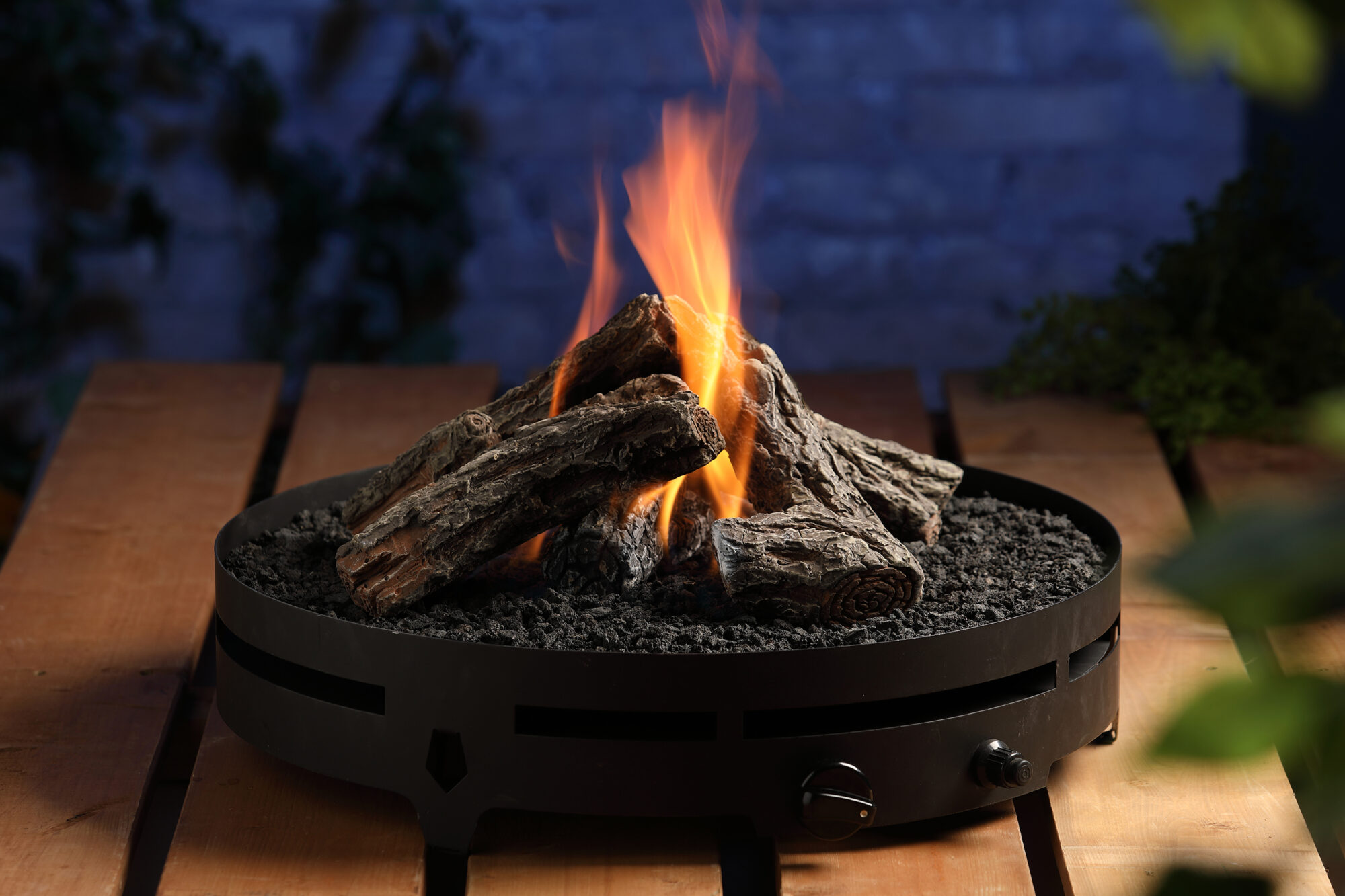
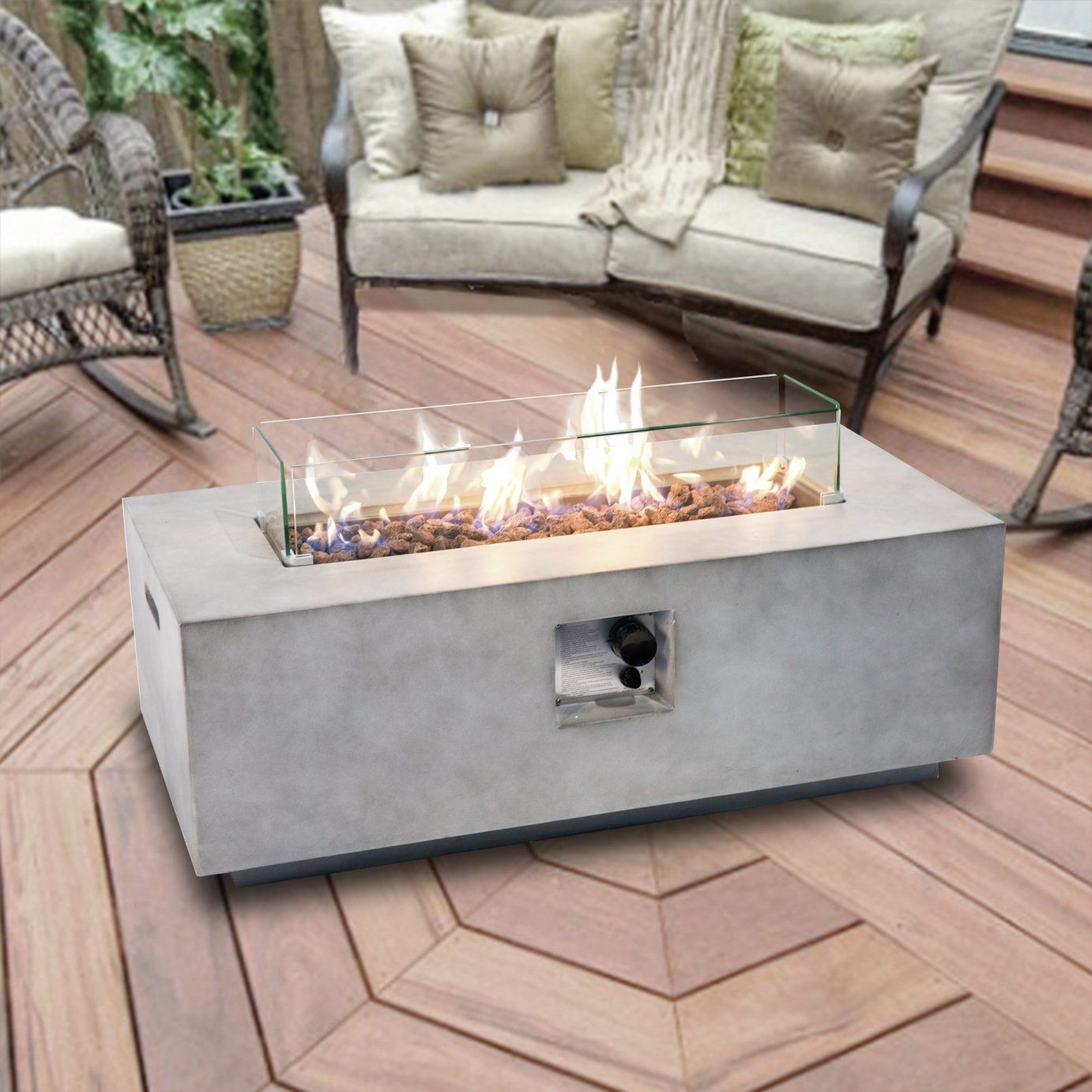
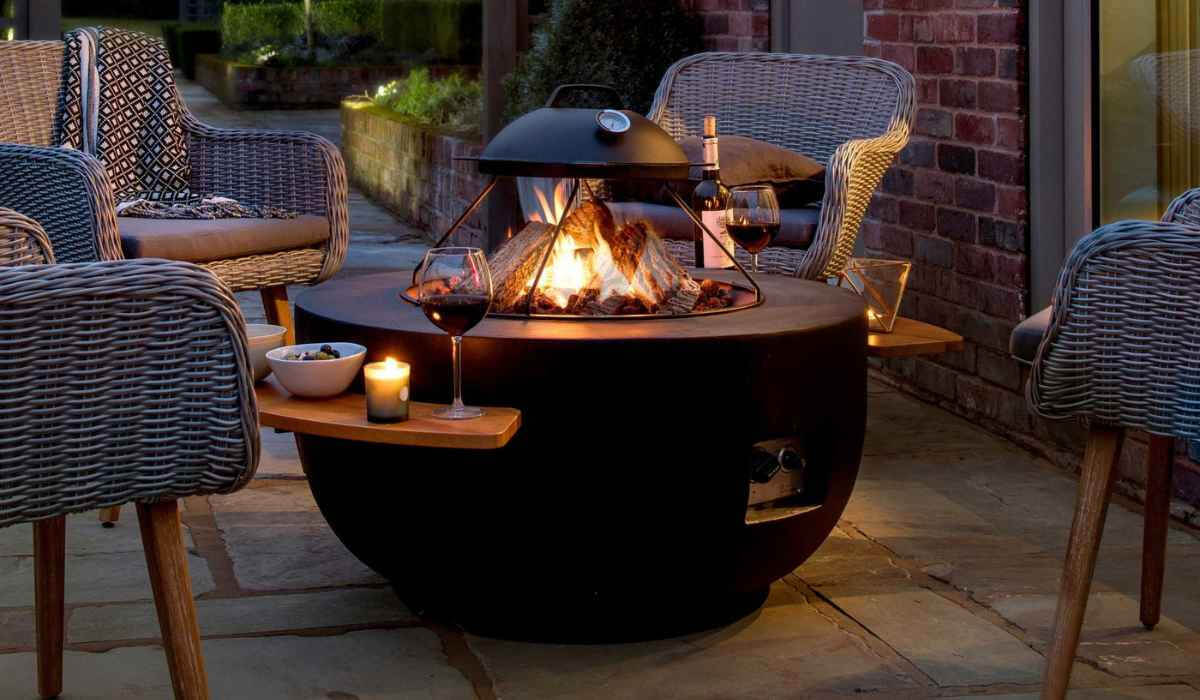
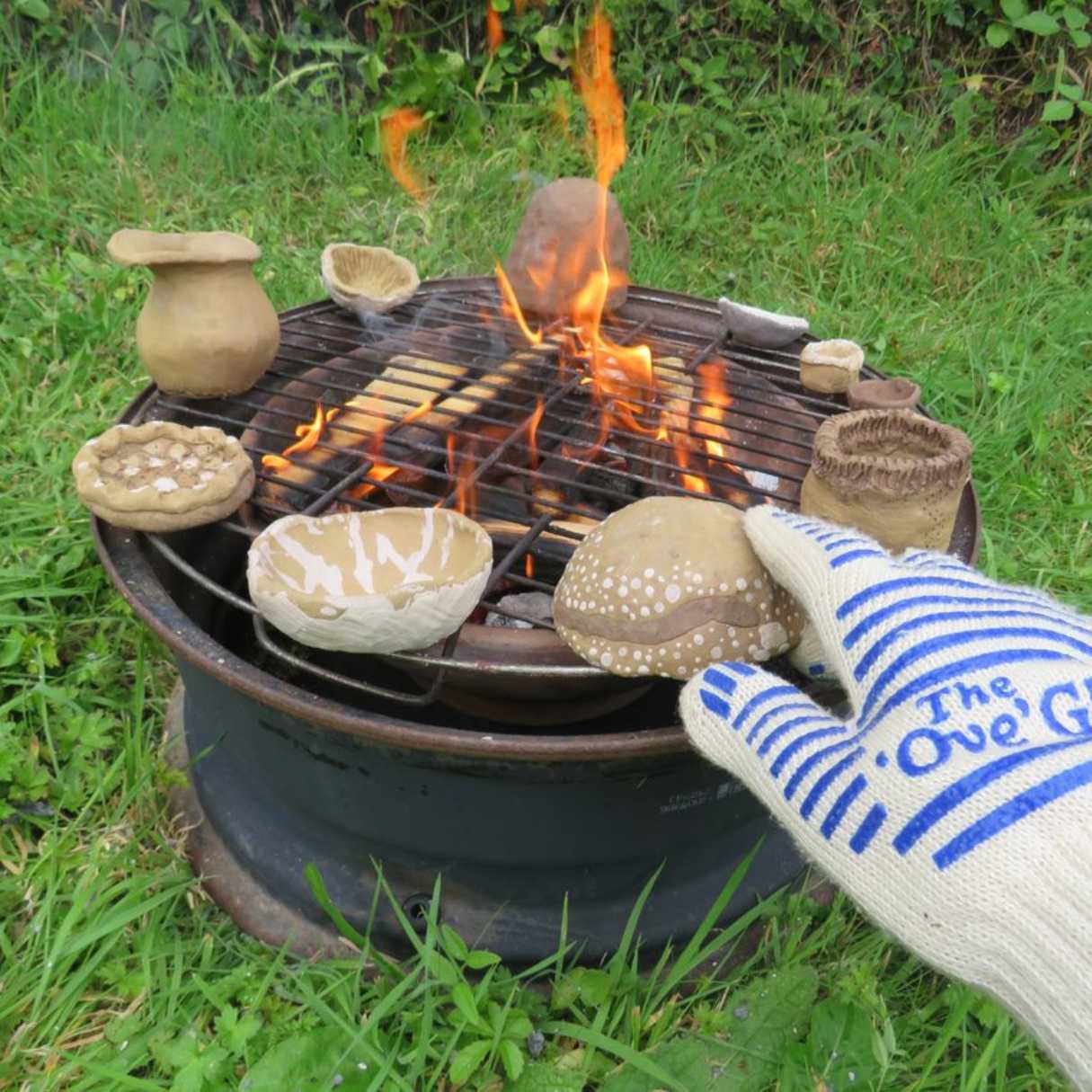
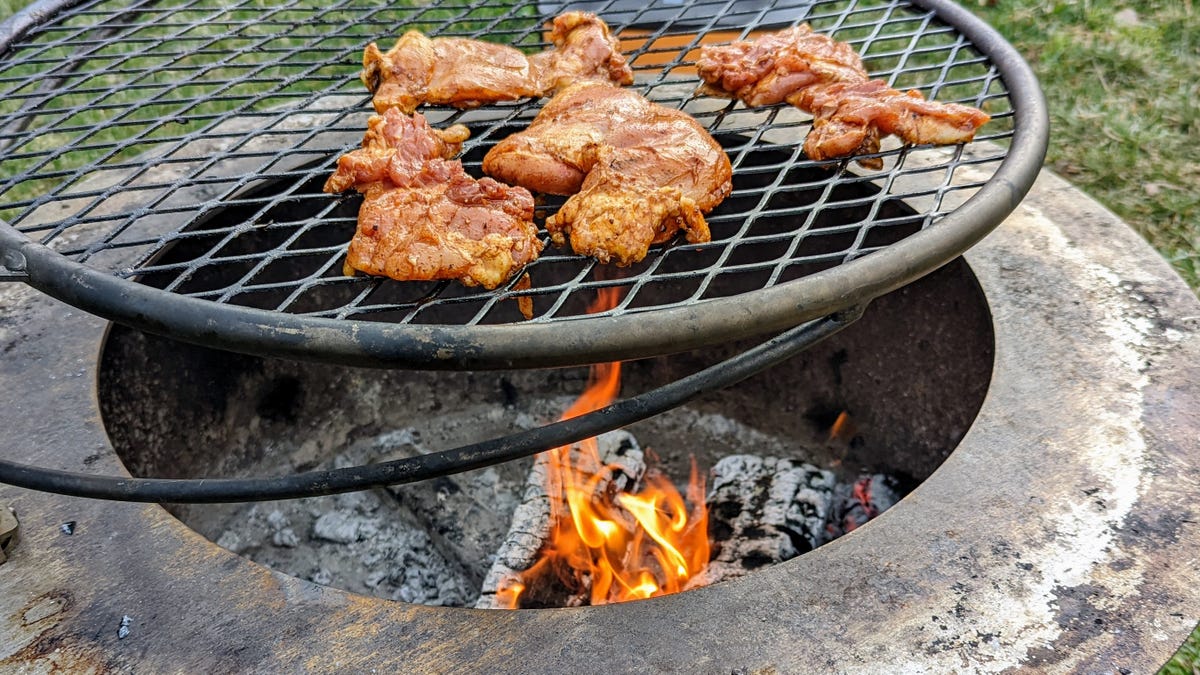
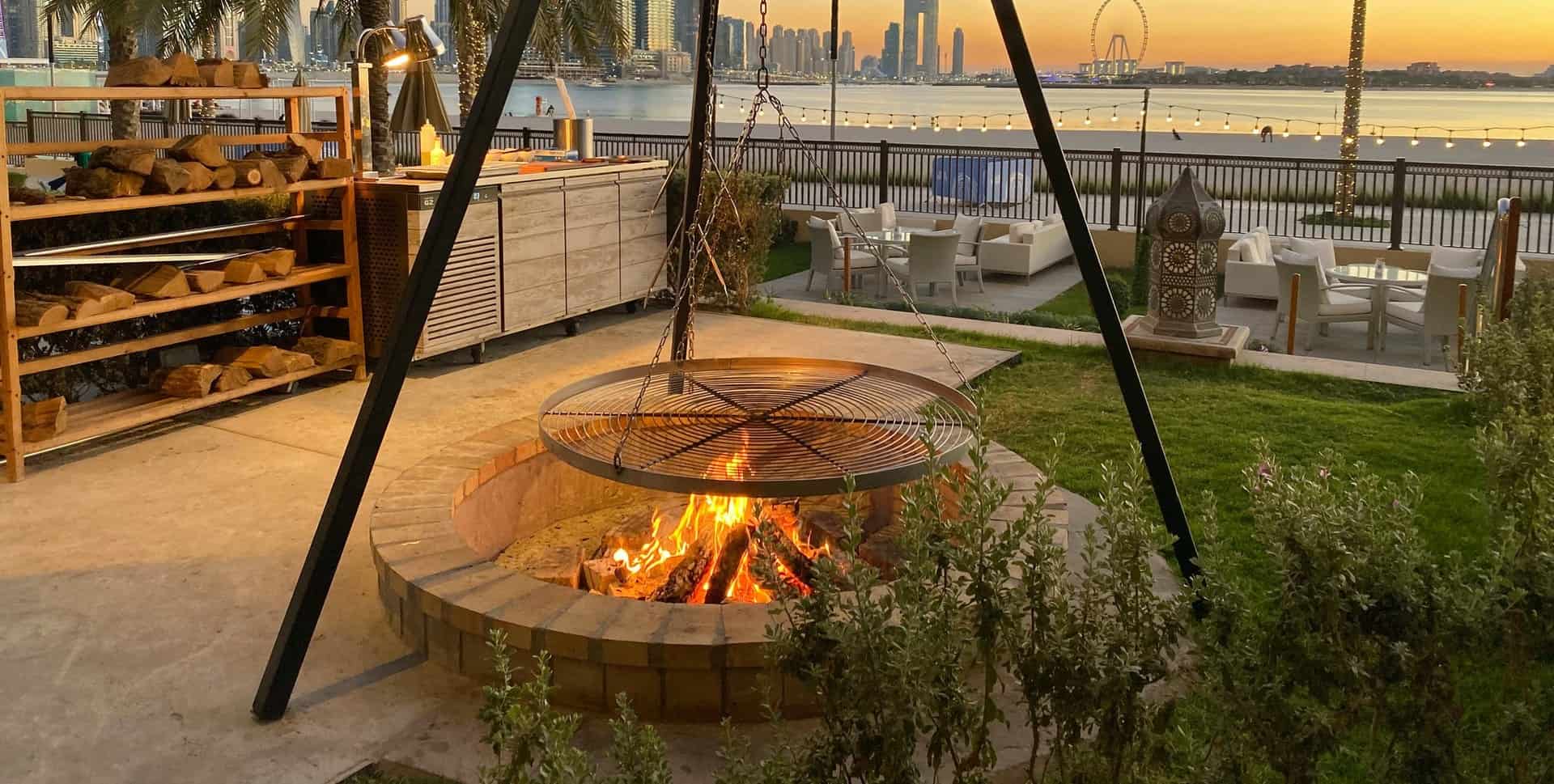
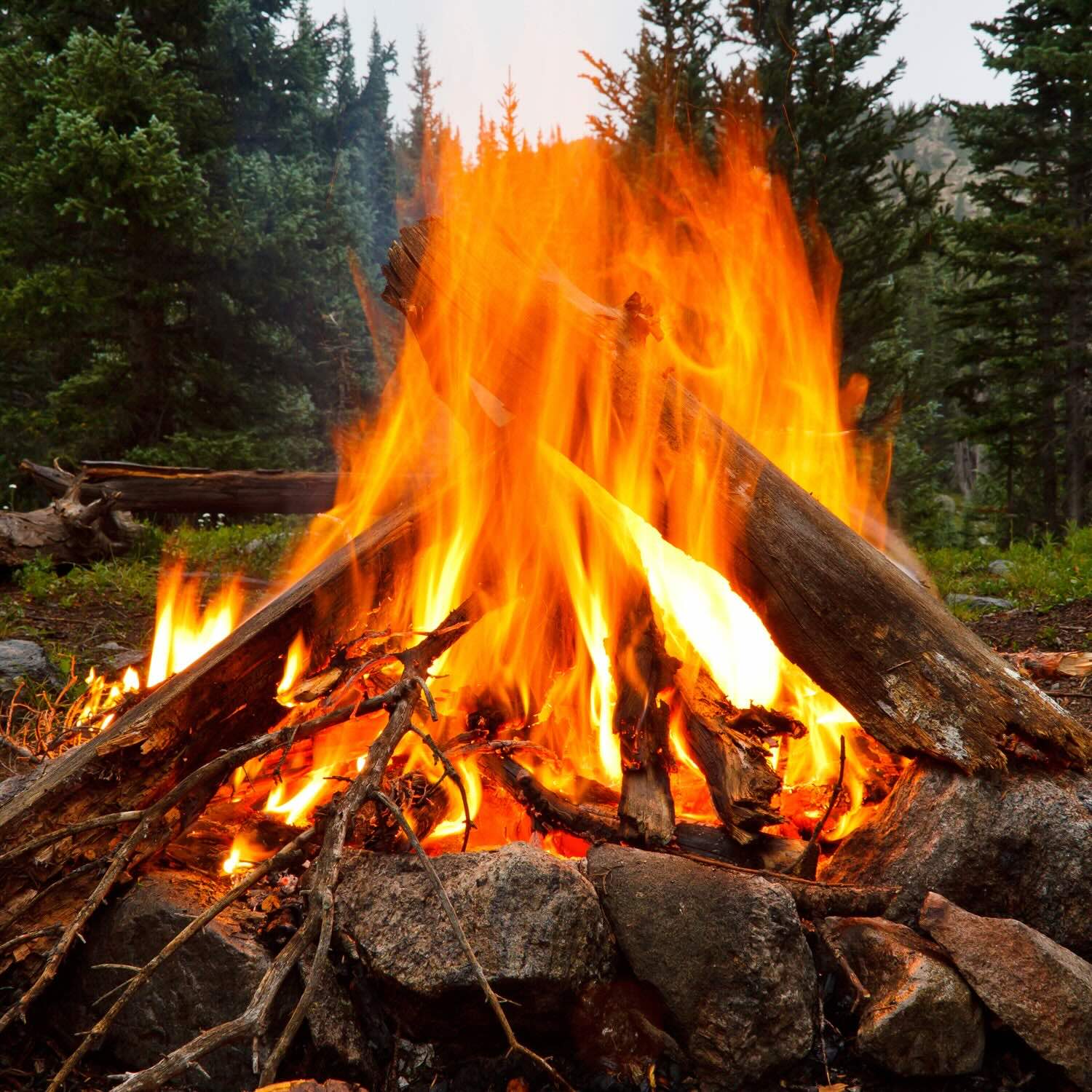

0 thoughts on “How To Install A Gas Fire Pit”